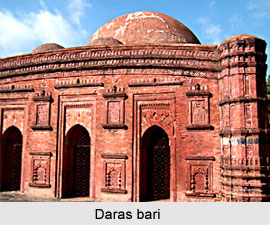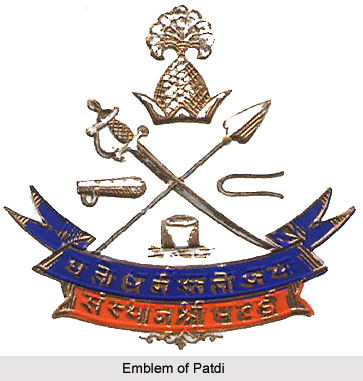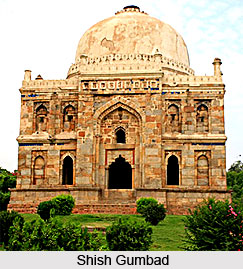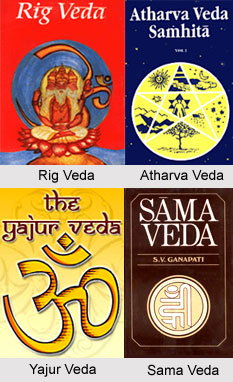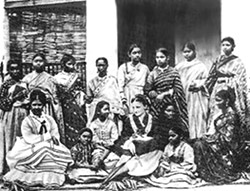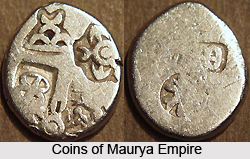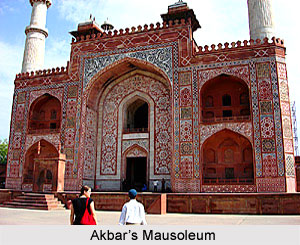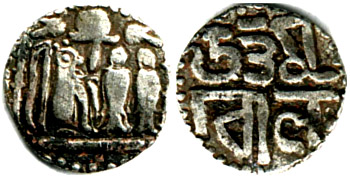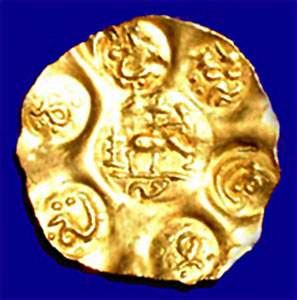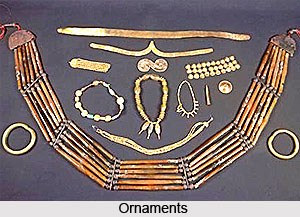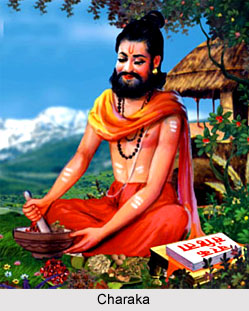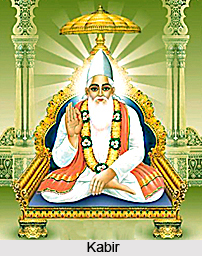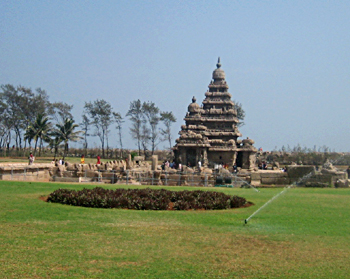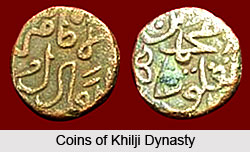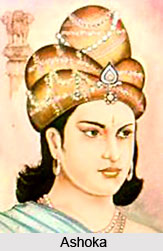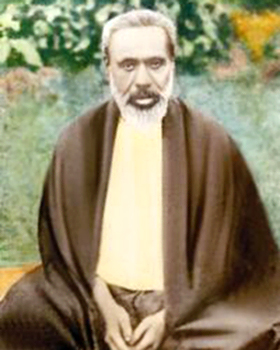 Mahatma Ram Chandraji was greatly responsible for spreading the Naqshbandi Sufi way far and wide, in every nook and corner of India as well as abroad. He succeeded Hujur Maharaj in the Naqshbandi Order of Sufis. Mahatma Ram Chandraji was the son of Chaudhary Harbaksh Rai, one of the descendants of a highly respected Kayasth family of District Mainpuri. Chaudhary Harbaksh Rai initially lived in Bhogaon but later after the Sepoy Mutiny, 1857 moved to Farrukhabad. His wife was a very pious and religious lady, who spent most of her time in prayers etc. She was fond of helping the needy, poor and orphan girls and spent lot of money in arranging their marriages. No beggar ever returned empty handed from her door. She was gifted with a good voice and she used to sing well. When she used to recite the `Ramayana` people used to forget their surroundings and used to get absorbed in the divine thoughts. Often she used to visit saints and sometimes they also used to stay at Chaudhary Sahab`s house. Her son, Mahatma Ram Chandraji, was born due to the blessings of a Muslim Fakir to whom she had offered food and sweets with great devotion.
Mahatma Ram Chandraji was greatly responsible for spreading the Naqshbandi Sufi way far and wide, in every nook and corner of India as well as abroad. He succeeded Hujur Maharaj in the Naqshbandi Order of Sufis. Mahatma Ram Chandraji was the son of Chaudhary Harbaksh Rai, one of the descendants of a highly respected Kayasth family of District Mainpuri. Chaudhary Harbaksh Rai initially lived in Bhogaon but later after the Sepoy Mutiny, 1857 moved to Farrukhabad. His wife was a very pious and religious lady, who spent most of her time in prayers etc. She was fond of helping the needy, poor and orphan girls and spent lot of money in arranging their marriages. No beggar ever returned empty handed from her door. She was gifted with a good voice and she used to sing well. When she used to recite the `Ramayana` people used to forget their surroundings and used to get absorbed in the divine thoughts. Often she used to visit saints and sometimes they also used to stay at Chaudhary Sahab`s house. Her son, Mahatma Ram Chandraji, was born due to the blessings of a Muslim Fakir to whom she had offered food and sweets with great devotion.
Mahatma Ram Chandraji was brought up with great care and affection. A number of servants were always in attendance to look after his needs. In his childhood he used to sit near his mother and listen to Ramayana. As a result, like his mother, he also developed a good melodious voice and religious bent of mind. At the age of seven years, however, he lost his mother. Thereafter a Muslim lady looked after and brought him up. Mahatma Ram Chandraji used to respect her as his mother and looked after her throughout her life. Whenever she came to visit Mahatma Ram Chandraji he used to offer her gifts. A Maulvi (Muslim teacher) taught him Persian and Urdu language and also to compose poetry. Thereafter he was admitted to the Mission School in Farrukhabad.
During his education in Farukhabad, when he was in the Eighth standard, he had hired a room for his studies in Mufti Sahab`s Madarsa. In the adjoining room used to live Hujur Maharaj, who used to teach students privately for his livelihood. At times, Mahatma Ram Chandraji used to seek Hujur Maharaj`s guidance to solve his difficulties and Hujur Maharaj used to gladly help him. He used to treat Mahatma Ram Chandraji very affectionately, as the manner of his living and his religious bent of mind had impressed him. Mahatma Ram Chandraji also used to like him and he used to get special pleasure in his company. He, however, did not know that Hujur Maharaj was a great Sufi saint.
Mahatma Ram Chandraji was later married in a decent family. Soon thereafter he lost his father and his stepbrother. Even his financial position became very weak. He managed to secure a job as a paid apprentice during this time due to the help given by the District Collector of Fatehgarh.
Mahatma Ram Chandraji`s admiration for Hujur Maharaj grew when the great saint helped cure his young daughter when she was seriously. Till then Mahatma Ram Chandraji had known of Hujur Maharaj as a great scholar of Urdu, Arabic and Persian languages but after this incident, he started believing that Hujur Maharaj was a great saint too. He thereafter developed a lot of respect and devotion towards him. There was another incident too which drew him even closer to Hujur Maharaj. A few months after he had joined the service in Fatehgarh, Mahatma Ram Chandraji returned from his workplace late in the evening. It was a dark winter night and Ram Chandraji was completely drenched and shivering. When he was going towards his room, Hujur Maharaj spotted him and asked him to come over and warm himself before the fire and then go home. These words were charismatic and pulled Mahatma Ram Chandraji towards Hujur Maharaj. When Ram Chandraji came to Hujur Maharaj, Hujur Maharaj raised his eyes and looked at him. As both of them looked into each other`s eyes, a current passed through Mahatma Ram Chandraji`s body from head to toe and he was stunned. Mahatma Ram Chandraji said about this incident that he felt very light as if he was flying in the sky and his entire body was sparkling with light. For about two hours, he set in this state, which was full of bliss. When he returned to his room he felt light was spread in front of the room which was engulfing everything and in which trees, animals, walls, everything was dancing. `Anahat Nad` (Om) was reverberating in each of the cells of his body. All his spiritual chakras were activated and energized and he felt as if Hujur Maharaj had taken his place.
When he returned home, he did not wish to eat anything and slept without having dinner. When he went to sleep he dreamt of a number of saints, one of whom told him that he was always inclined towards God. Next day Mahatma Ram Chandraji mentioned his dream to Hujur Mahara, who was very glad to hear about it. He closed his eyes and meditated for a little while. He then opened his eyes and told Mahatma Ram Chandraji that what he had seen was not a dream but the truth. He had been chosen by the great masters of the line to show the path to others. Hujur Maharaj had already felt a deep connection to Ram Chandraji and had already been paying a lot of attention to him from the very beginning. After this Mahatma Ram Chandraji started visiting Hujur Maharaj regularly.
Mahatma Ram Chandraji had deep love and great reverence for his master Hujur Maharaj. Hujur Maharaj was his Satguru, his guide and everything for him and all his heart was immersed in love for him. On 23rd January 1896 Hujur Maharaj had taken Mahatma Ram Chandraji completely in his shelter i.e. initiated him and accepted him as his disciple. Soon thereafter on 11th October, 1896 Hujur Maharaj bestowed `Kully Izazaf ` i.e. Masterhood on Mahatma Ram Chandraji.
Mahatma Ram Chandraji proceeded towards his heavenly abode on 14 August 1931. His Samadhi is situated in Fatehgarh, Uttar Pradesh.


